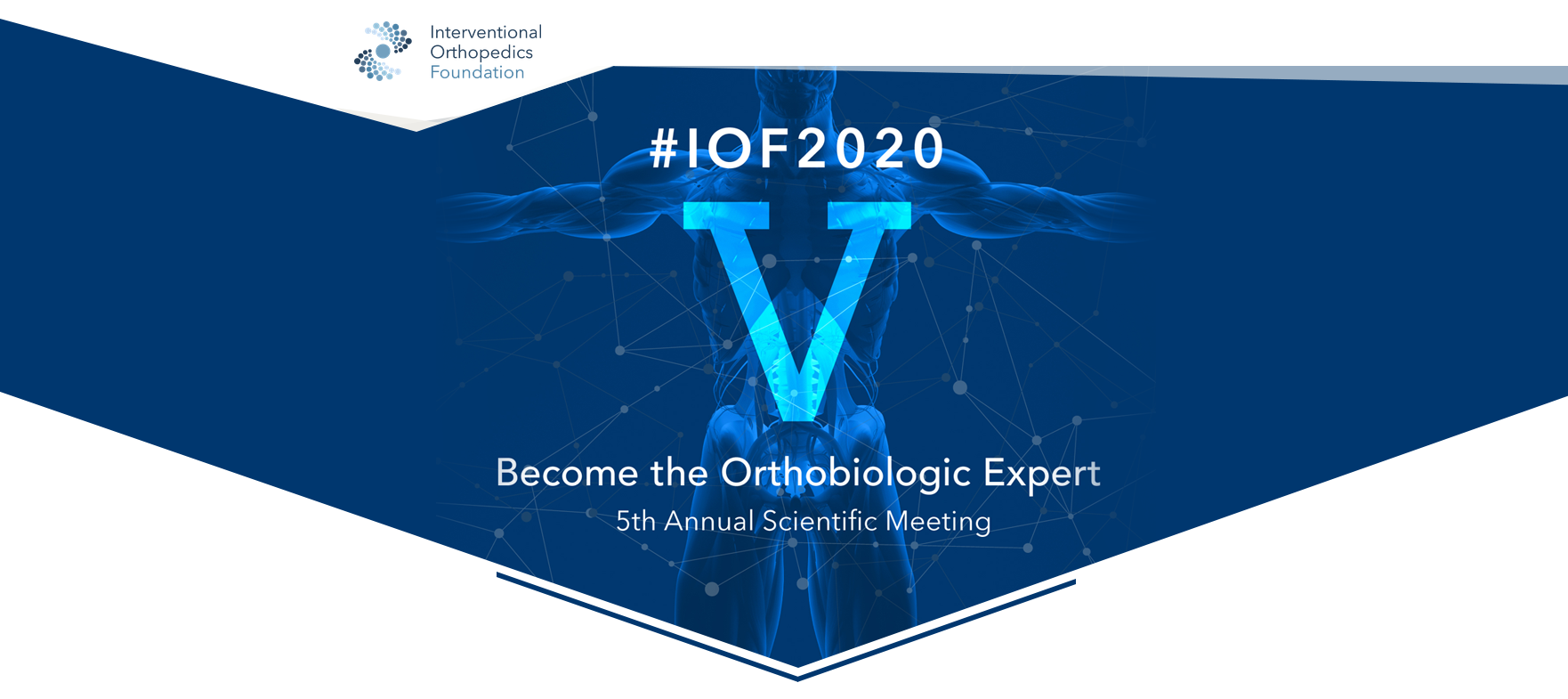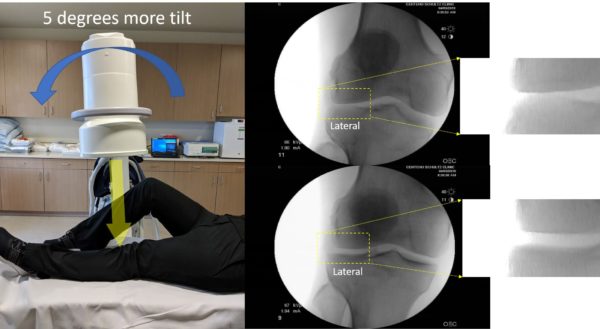- Joined
- Dec 12, 2006
- Messages
- 3,106
- Reaction score
- 3,678
Tell me about experiences putting stimulators in patients with central sensitization syndrome...do they do well long-term?
Until the Auto insurance runs out at least. /s
Tell me about experiences putting stimulators in patients with central sensitization syndrome...do they do well long-term?
How do you explain charging thousands of dollars for your magic beans in your office?
1. Epidural steroids aren't therapeutic for "back pain" either. Let's try to be more specific what you're trying to treat.That is my intuitive problem with PRP.
If it is a great option:
1. Why aren’t blood patches therapeutic for back pain?
2. Why are hematomas in joints not therapeutic?
3. Why don’t surgical incisions feel good, instead of cause pain?
I always HOPE that new treatments will be effective, but remain skeptical. I want to keep an open mind and hope that this time it is different and is an effective treatment.
That is my intuitive problem with PRP.
If it is a great option:
1. Why aren’t blood patches therapeutic for back pain?
2. Why are hematomas in joints not therapeutic?
3. Why don’t surgical incisions feel good, instead of cause pain?
I always HOPE that new treatments will be effective, but remain skeptical. I want to keep an open mind and hope that this time it is different and is an effective treatment.
because of the inflammation....well made prp is not inflammatory.
If we based our practices on Anecdotes, we are no better than chiropractors
because of the inflammation....well made prp is not inflammatory.
I get what you're saying, but traditional epidural steroids are not effective for nonspecific, presumbably degenerative, low back pain either.A bruise is generally not inflammatory either, just infiltration of blood into tissue, yet is not therapeutic either.
Again, when doing an epidural blood patch, if prp is effective, why don't people get relief of their back pain? I am talking about people with non specific, low back pain, presumably due to degeneration. Lobbing some blood in the epidural space (as it has plenty of plasma) should be therapeutic, but its not. Why not?
I'd say it is less inflammatory. Having used typical centrifuge PRP and well made PRP, there is certainly a far lesser inflammatory reaction.
less feeling in the plantar area of the feet, than our other areas; in plane approach lateral to medial, 25 G x 1.25 inch needle will get you there most times; just tell them no NSAIDS, and it can flare their pain afterI just got a bolus of referrals requesting PRP for recurrent plantar fasciitis. I'm okay doing it, though not a huge believer in regen med, but wondering about procedural tolerance. My plan was to do US-guided in plane posterior approach through the heel pad. Question is -- should I do a posterior tibial nerve block first or are patients likely to tolerate without?
I just got a bolus of referrals requesting PRP for recurrent plantar fasciitis. I'm okay doing it, though not a huge believer in regen med, but wondering about procedural tolerance. My plan was to do US-guided in plane posterior approach through the heel pad. Question is -- should I do a posterior tibial nerve block first or are patients likely to tolerate without?
Stem cell complication:
Not to yell, but I have. Don't use 3rd party umbilical cord "stem cells". Also would caution against non-physician "Doctors" injecting you.PLEASE LISTEN TO "BAD BATCH" BY WONDERY.
PODCAST
The truth:
Int Orthop. 2016 Aug;40(8):1755-1765. doi: 10.1007/s00264-016-3162-y. Epub 2016 Mar 30.
A multi-center analysis of adverse events among two thousand, three hundred and seventy two adult patients undergoing adult autologous stem cell therapy for orthopaedic conditions.
Centeno CJ1, Al-Sayegh H2, Freeman MD3,4, Smith J5, Murrell WD6, Bubnov R7.
Author information
1Centeno-Schultz Clinic, Regenerative Sciences, LLC, 403 Summit Blvd, Broomfield, CO, 80021, USA. [email protected].2Biostatistician at Boston Children's Hospital, 450 Brookline Avenue, D-155E, Boston, MA, 02215, USA.3Department of Psychiatry, Oregon Health and Science University School of Medicine, Portland, OR, USA.4CAPHRI School of Public Health and Primary Care, Maastricht University, Maastricht, the Netherlands.5Mayo Clinic Rochester, 200 1st St SW, Rochester, MN, 55905, USA.6American Musculoskeletal Wellness Institute, P.C, 6701 Democracy Boulevard Suite 300, Bethesda, Maryland, 20817, USA.7The Centre of Ultrasound Diagnostics and Interventional Sonography, Clinical Hospital "Pheophania" of State Affairs Department, Zabolotny Street, 21, 03680, Kyiv, Ukraine.
Erratum in
Abstract
INTRODUCTION:
The purpose of the present investigation is to report on detailed complications among a much larger group of 2372 orthopaedic patients treated with stem cell injections who were followed in a treatment registry for up to nine years.
METHODS:
All patients underwent an MSC-based, percutaneous injection treatment of an orthopaedic condition between December 2005 and September 2014 at one of 18 clinical facilities. Treated areas of the body included the knee, hip, ankle/foot, hand/wrist, elbow, shoulder, and spine. The patients were followed prospectively via enrollment in a treatment registry. Patients were followed prospectively at one, three, six and 12 months, and annually thereafter, using an electronic system, ClinCapture software.
RESULTS:
A total of 3012 procedures were performed on 2372 patients with follow-up period of 2.2 years. A total of 325 adverse events were reported. The majority were pain post-procedure (n = 93, 3.9 % of the study population) and pain due to progressive degenerative joint disease (n = 90, 3.8 % of the study population). Seven cases reported neoplasms, a lower rate than in the general population. The lowest rate of adverse events was observed among patients injected with BMC alone.
CONCLUSION:
Lowest rate of adverse events was among those patients receiving BMC injections alone, but the higher rate of AEs for BMC plus adipose and cultured cells was readily explained by the nature of the therapy or the longer follow-up. There was no clinical evidence to suggest that treatment with MSCs of any type in this study increased the risk of neoplasm.
KEYWORDS:
Bone marrow concentrate; Complications; Mesenchymal stem cells; Platelet rich plasma; Regist
The truth:
Int Orthop. 2016 Aug;40(8):1755-1765. doi: 10.1007/s00264-016-3162-y. Epub 2016 Mar 30.
A multi-center analysis of adverse events among two thousand, three hundred and seventy two adult patients undergoing adult autologous stem cell therapy for orthopaedic conditions.
Centeno CJ1, Al-Sayegh H2, Freeman MD3,4, Smith J5, Murrell WD6, Bubnov R7.
Author information
1Centeno-Schultz Clinic, Regenerative Sciences, LLC, 403 Summit Blvd, Broomfield, CO, 80021, USA. [email protected].2Biostatistician at Boston Children's Hospital, 450 Brookline Avenue, D-155E, Boston, MA, 02215, USA.3Department of Psychiatry, Oregon Health and Science University School of Medicine, Portland, OR, USA.4CAPHRI School of Public Health and Primary Care, Maastricht University, Maastricht, the Netherlands.5Mayo Clinic Rochester, 200 1st St SW, Rochester, MN, 55905, USA.6American Musculoskeletal Wellness Institute, P.C, 6701 Democracy Boulevard Suite 300, Bethesda, Maryland, 20817, USA.7The Centre of Ultrasound Diagnostics and Interventional Sonography, Clinical Hospital "Pheophania" of State Affairs Department, Zabolotny Street, 21, 03680, Kyiv, Ukraine.
Erratum in
Abstract
INTRODUCTION:
The purpose of the present investigation is to report on detailed complications among a much larger group of 2372 orthopaedic patients treated with stem cell injections who were followed in a treatment registry for up to nine years.
METHODS:
All patients underwent an MSC-based, percutaneous injection treatment of an orthopaedic condition between December 2005 and September 2014 at one of 18 clinical facilities. Treated areas of the body included the knee, hip, ankle/foot, hand/wrist, elbow, shoulder, and spine. The patients were followed prospectively via enrollment in a treatment registry. Patients were followed prospectively at one, three, six and 12 months, and annually thereafter, using an electronic system, ClinCapture software.
RESULTS:
A total of 3012 procedures were performed on 2372 patients with follow-up period of 2.2 years. A total of 325 adverse events were reported. The majority were pain post-procedure (n = 93, 3.9 % of the study population) and pain due to progressive degenerative joint disease (n = 90, 3.8 % of the study population). Seven cases reported neoplasms, a lower rate than in the general population. The lowest rate of adverse events was observed among patients injected with BMC alone.
CONCLUSION:
Lowest rate of adverse events was among those patients receiving BMC injections alone, but the higher rate of AEs for BMC plus adipose and cultured cells was readily explained by the nature of the therapy or the longer follow-up. There was no clinical evidence to suggest that treatment with MSCs of any type in this study increased the risk of neoplasm.
KEYWORDS:
Bone marrow concentrate; Complications; Mesenchymal stem cells; Platelet rich plasma; Regist
Not to yell, but I have. Don't use 3rd party umbilical cord "stem cells". Also would caution against non-physician "Doctors" injecting you.
It's an awesome series, except for the super-long ads.
Haha...It is a piece of reporting that doesn't check all the boxes and leaves some Q unanswered but jeez...Your avg "stem cell guy" is a quack IMO.
 www.interventionalorthopedics.org
www.interventionalorthopedics.org
IOF is SIS of regen med.
Home - Interventional Orthopedics Foundation
www.interventionalorthopedics.org
I know. I did an IOF course in Colorado.
yet you don't post their propaganda. i guess you haven't been franchised out yet.

yet you don't post their propaganda. i guess you haven't been franchised out yet.
maybe im getting them confused with regennex. i trust malanga. centeno? meh.....
I saw the linkMalanga is President of IOF.
How is your experience with Regenexx? I’ve heard variable things. Does a lot of the money for the procedure end up going to them?
I have a partner who does stem cell injections but he sends to a surgeon who does the adipose extraction then sends the cells and some PRP back to him to actually inject. Technically, the patient pays the surgeon for the stem cell treatment and the surgeon pays my partner to do the injection. I would want to do it all myself though if I end up offering it. I’m just not sure I really believe in it enough to suggest it to patients - even the outcomes on Regenexx’s own website aren’t that impressive in terms of %pain relief...
So currently listening to Bad Batch podcast by Wondery. Unbelievable! Highly recommend it to everyone on this board. Really exposes how fraudulent and deceitful the industry is. I’m sure there are legit companies out there (Regenexx?) but after listening to this I’d be hard pressed to recommend stem cells for any of my patients. For you guys that offer this, would be interested in hearing your thoughts after listening to the podcast
So currently listening to Bad Batch podcast by Wondery. Unbelievable! Highly recommend it to everyone on this board. Really exposes how fraudulent and deceitful the industry is. I’m sure there are legit companies out there (Regenexx?) but after listening to this I’d be hard pressed to recommend stem cells for any of my patients. For you guys that offer this, would be interested in hearing your thoughts after listening to the podcast
Bad Batch: Chiropractor injects bacterial-contaminated non-viable umbilical "stem cell" product from a dubious company with poor quality control founded by a serial scam artist.
This has almost nothing to do with autologous PRP/BMAC injected by a fellowship-trained interventional pain doc.
is regenerative medicine is immune to this how.....
I think intradiscal CBD injections by chiropractors will take this whole regenerative "medicine" field down...

Its amazing how the angle of the XRay makes the joint look bigger!

Its amazing how the angle of the XRay makes the joint look bigger!

knee stem cell x ray results watch grow new cartilage minutes
Advanced regenerative orthobiologic injection treatments for injuries, arthritis, athletes & more. Regenexx is the trusted alternative to surgery.regenexx.com
Well, I'm not a "Centeno minion", but yes, in the regenerative medicine field steroids are bad. They inhibit healing.as a side note, if you are a Centeno minion, do you have to stop doing treatments that he states are unsafe and ineffective, such as lumbar radiofrequency ablation, multidisciplinary pain programs, and of course epidurals/sacroiliac injections, etc.?

and RFA badBack in the ’80s and ’90s, it was called a comprehensive, multidisciplinary chronic pain program. Back then, the concepts were the same, save for the recognition that chronic pain patients had abnormal nerve activity (central sensitization). Patients would enter these obnoxiously expensive and resource-intensive 2–3 week programs where they would be mentally “buffed.” Most would figure out, pretty quick, that this personal hell would all be over once they reported that their perception of their pain wasn’t real and that the coping strategies they learned were helping their pain and improving their function. Hence, the chronic pain programs all reported amazing results. However, they became a bit of a joke in the medical community because after spending tens of thousands of dollars on these programs, these patients all still had pain, and all were still disabled.

The upshot? RIP low back RFA. Good-bye to the Burn Nerves in Low Back procedure. Not sure how we ever thought that killing the nerve that goes to the muscle that stabilizes the spine was a good idea as a treatment for low back pain? With newer regenerative medicine techniques, it’s time to hold a big wake and get those RFA probes six feet under, where they belong!
not per Centeno...

pne review 2 pain neuroscience
Advanced regenerative orthobiologic injection treatments for injuries, arthritis, athletes & more. Regenexx is the trusted alternative to surgery.regenexx.com
and RFA bad

Radiofrequency Ablation Treatment: What You Need To Know
Radiofrequency ablation (RFA) disrupts nerve signals to manage chronic pain, but its effectiveness may vary by condition and individual response.regenexx.com
So do you steroid injections?Well, I'm not a "Centeno minion", but yes, in the regenerative medicine field steroids are bad. They inhibit healing.
Multidisciplinary pain treatment including PT, appropriate bracing, etc is an integral part of regenerative medicine. Not to be confused with chiropractors injecting purchased non-viable cord products.
Of course. Regenerative medicine is a cash-only pipe dream for most people. Even if its done at cost, most people I see cannot afford it.So do you steroid injections?
